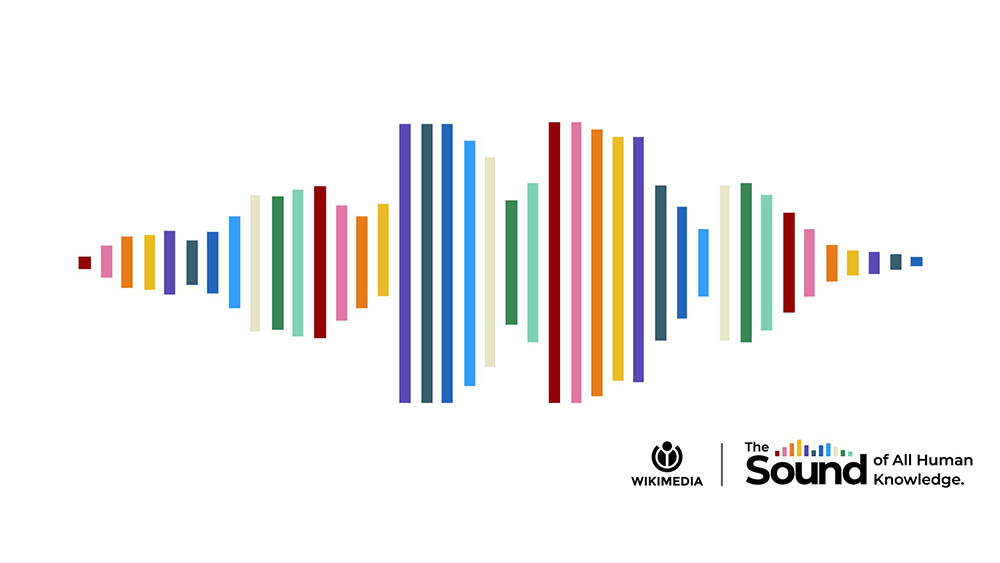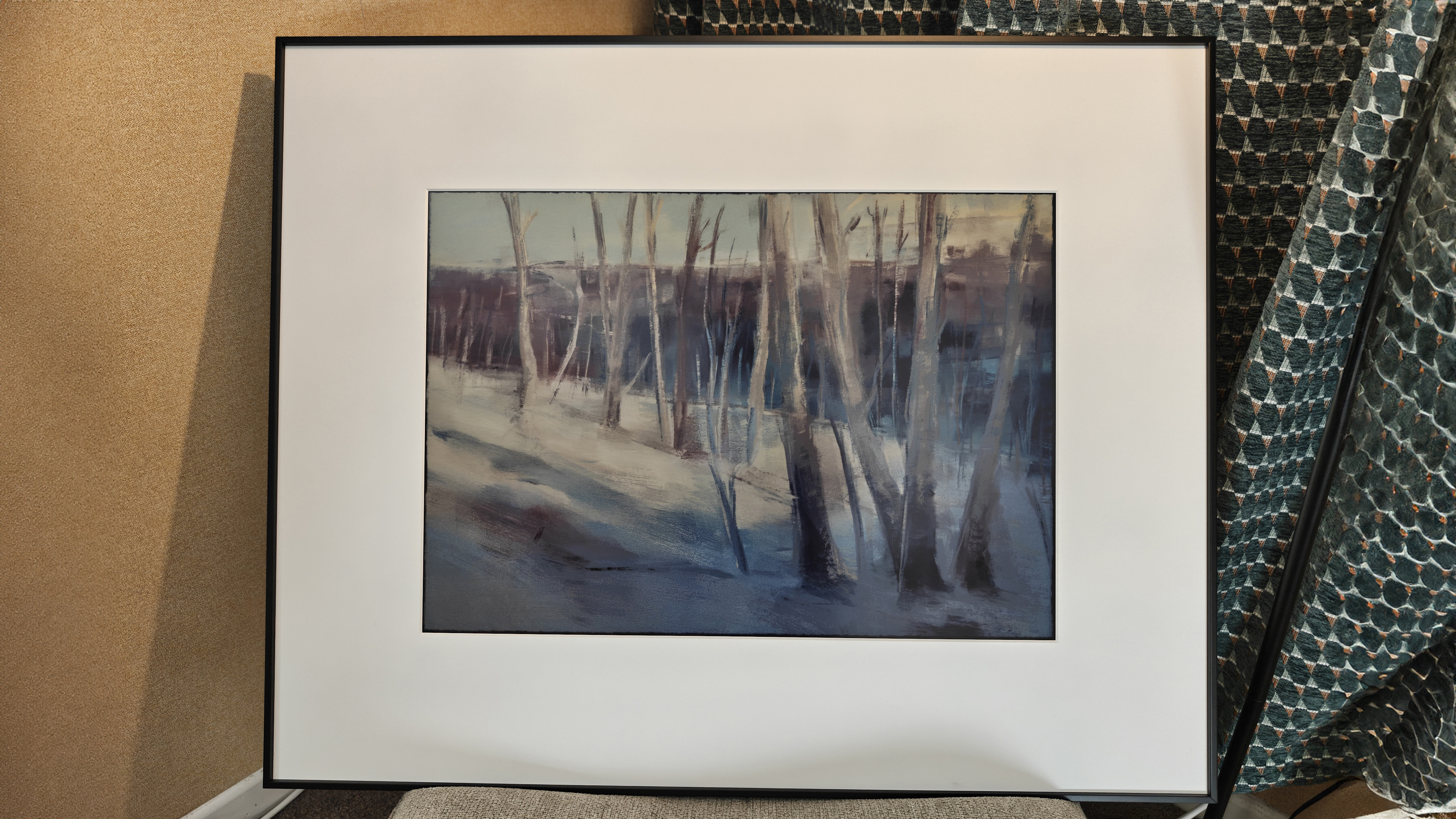Wikipedia's new sound logo had a seriously ambitious design brief

Most designers will have received some tough briefs in their time, but Wikipedia's call for proposals for a sound logo was a particularly tall order. The community-run online encyclopaedia wanted nothing less than "the sound of all human knowledge" for its new audio identifier.
And it thinks it's found it in a sonic logo that will be rolled out from mid-year. So what does the sound of all human knowledge sound like? Well, it's a mix of traditional and contemporary sources of learning: a flutter of pages turning and frantic typing followed by some chirpy electronic chimes (see our pick of the best logos for inspiration for visual identities).
🔊 Wikimedians, are you ready? We are thrilled to announce that we have found the winning entry to The Sound of All Human Knowledge contest! Fun fact: We used the actual sound logo to create the sound wave in this video. ▶️ #WikiSoundLogohttps://t.co/GykcY54WfE pic.twitter.com/RYhK2tVCmjMarch 28, 2023
Strictly speaking, a logo is a visual identity, but sound idents are frequently called sound logos or sonic logos, since they serve much the same function. And they can be hugely effective. Just think of Apple's start-up chime, Intel's signature 'bong' or Netflix's 'ta-dum'. Hear them, and you instantly recall the brands (see our pick of the best audio logos for more examples).
Wikipedia wanted something similar to serve for "projects when visual logos are not an option". True to its collaborative community-sourced nature it opened the quest up to the public through a contest, which opened in September. Six months on, it's picked a winner from over 3,200 submissions received from 2,094 people in 135 countries.
The winning audio logo was created by nuclear scientist Thaddeus Osborne, who wins $2,500 for his creation and will be flown to a professional recording studio in London to help produce the final version. He says that music has always been a huge part of his life and "a way for me to 'travel the world’ from my small town backyard."
Osborne's creation sounds both novel and somehow familiar. The combination of fluttering pages and clicking keys feels apt to communicate the concept of a digital encyclopedia, while the rising synthesizer chimes feel optimistic and comfortingly, almost like something we already know. The Wikipedia Foundation says it hopes to have the final sound ready for use by June.
Making your own sound logos? See our pick of the best laptops for music production. We also have a guide to the best audio editing software.
Daily design news, reviews, how-tos and more, as picked by the editors.
Read more:

Joe is a regular freelance journalist and editor at Creative Bloq. He writes news, features and buying guides and keeps track of the best equipment and software for creatives, from video editing programs to monitors and accessories. A veteran news writer and photographer, he now works as a project manager at the London and Buenos Aires-based design, production and branding agency Hermana Creatives. There he manages a team of designers, photographers and video editors who specialise in producing visual content and design assets for the hospitality sector. He also dances Argentine tango.
